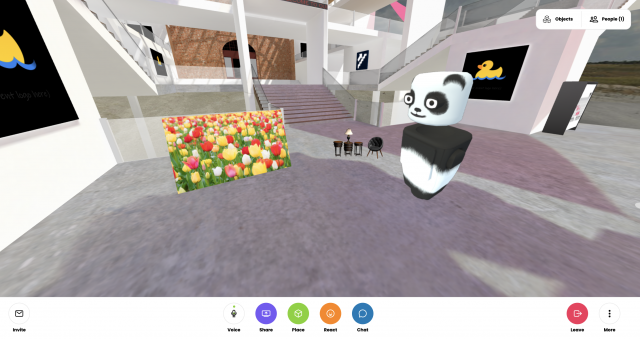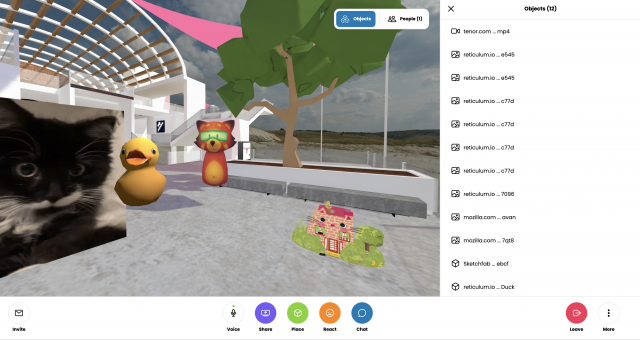Developed exclusively by a single man, Eric Barone (or more commonly referred to by his online alias, ConcernedApe), Stardew Valley is a game that appears rather simple at first glance. To the uninitiated, the $34 million net worth it has brought its sole developer may come as a surprise. Nominated for the 2016 Seumas McNally Grand Prize in the Independent Games Festival, and winning the Breakthrough Award in the Golden Joystick Awards (among others), Stardew Valley is likely a game you have heard of, even if you may not have played it. Premised on the concept of escaping a dull, stressful corporate life in the city, Stardew Valley promises a refreshing countryside change where the player starts their new life on a farm inherited from their late grandfather. At its core, Stardew is about resource-managing, another game in the farming simulator genre alongside other titles like Harvest Moon. Yet, there is something about being a humble farmer in the lively Pelican Town that sets this game apart.
Lens #2 & #3: Surprise & Fun
On its surface, the goal of the game is simple: plant and harvest crops, forage for materials, sell resources for profit, then rinse and repeat. Its mechanics involve an in-game clock, where the player cycles through 4 seasons of 28 days each, and every day, they are granted limited energy to to spend on actions, which gets refreshed when the player goes to bed at night. Yet, under this deceptively straightforward concept lies several key features which have garnered Stardew Valley its many loyal fans. Besides farming, players are free to explore the village, including delving into mines which are arguably almost entertaining enough to be its own game.
In caves, players can mine their way through different levels filled with rocks to pick, enemies to defeat and crystals to discover. These enemies even cause damage, and players are at the mercy of their health bar, which only appears when they enter a cave. Much like your typical dungeon crawler, the player can equip themselves with armour and weapons to boost their combat statistics.
Fishing is also a major activity featured in the game. While fishing serves as a means to gather profitable stock and food, they also pose a challenge for the player to collect different fish at different locations and in-game seasons.
Lens #5: Endogenous Value
With 40 achievements existing in the game, and an estimated 150-200 hours it takes to attain them all, players will be hard pressed to run out of things to do (https://stardewvalleywiki.com/Achievements). Cutscenes featuring the residents of Pelican Town and their lives reward players at various milestones, and the sheer assortment of items and artefacts to collect and use in the game intrigues players to continue making new discoveries through game progression, and the inherent endogenous value of rewards in activities such as mining or fishing compels continuous play. For example, the elusive prismatic shard found in the mines can be transformed into a high-level combat weapon, while rare crops like starfruits and ancient fruits can be harvested and cultivated to make incredibly profitable wine. Adding on to the RPG experience of this game is a skill level system, granting the player additional abilities as they progress.
Lens #25: Goals
Providing a diverse selection of activities allows players to take a break from the monotony of watering plants and harvesting crops, while still serving as alternative means for resource-gathering in the game so that players are able to continue progressing by upgrading their tools and accessing new locations. Essentially, Stardew Valley players are free to curate their own experience and set their own goals, and this freedom is part of the core experience that the game is selling, be it earning the most money, befriending – and even starting a family – with villagers, starting an extensive collection of rare fish or perhaps even challenging themselves to gather resources only by raiding trash cans.
Audio and World-Building
An often underrated element that buttresses the success of Stardew Valley is its aesthetics. While the charming pixelated graphics making up the world of Pelican Town and its inhabitants are endearing, it has to be pointed out that the audio – also developed by ConcernedApe – provides an added dimension which elevates the gameplay experience. Catchy tunes signify the change of each season, cycling through spring, summer, autumn and winter, and upbeat music accompanies players in the mines as they battle their way deeper underground. Overlying the melodies of Stardew Valley are the chirping of birds greeting players at the start of a sunny morning, while the pattering of rain on the windows mark a stormy day even before the player leaves the house. Footsteps crunching on soil contrasts the clicking of shoes on linoleum and hard stone, and in multiplayer mode, the telltale chopping of wood from another player a short distance away renders the map unnecessary as players can tell when the other is near. These aesthetics, while often residing in the background, is invaluable in world-building and serves as reminder that while the sounds of nature may be overpowered by the very real, raucous city noises of a player’s life, there is always respite to be found in the whimsical Pelican Town off the beaten track.
Lens #44: Character
Another critical feature of the game which makes it so appealing is perhaps the relationships which exist between the NPC villagers, beyond the player’s direct relationships with them. With crushes, friendships (and even possibly affairs) depicted through dialogues with the various villagers, the player gets the sense that this virtual village is very much alive, the NPCs going on their way carrying out their daily lives offscreen. While there may not be a strong storyline in the game, the personable interactions and charming dialogue draws the player, and as favourite villagers are befriended, we may find ourselves unexpectedly invested in the lives of these virtual people. This take on world-building in a simple farming simulator is a refreshing change from the often solipsistic perspective adopted by other titles in its genre. The NPCs’ dialogue is often quirky and surprising, encouraging further interaction with them as their relationship with the player develops through gifts and events that take place throughout the game.
Lens #84: Friendship
The most difficult part of this game is perhaps getting started. It is admittedly tough to love the game when one is equipped with poor tools, limited resources and unable to access mining or even fishing. Yet, when one is willing to stick through the initial hours spent on a rather insipid farming simulator, it is not difficult to understand why millions of people have devoted endless hours into this game. There is always something to discover and the love for the game is apparent from its vast community of fans online, with forums sharing play-through guides, less-known tips and even modifications by the more tech-savvy to further customise the gaming experience (many of which can be found on https://www.pcgamesn.com/stardew-valley/best-stardew-valley-mods).
Conclusion and Lens #7: Elemental Tetrad
Though classified under the farming simulator, Stardew Valley is much more than that. It is a farming simulator, life simulator, dungeon crawler, dating simulator all in one, packaged and presented with a wonderfully immersive audio experience and nostalgic visual 16-bit aesthetics. Its simple technical elements and cheerful colours attract children looking for a fun way to pass the time, but the story existing within the rich lives of the onscreen villagers and the surprisingly challenging fishing and mining mechanics continue to draw in more mature audiences time and time again. Allowing players to pet cute cows and fight off monstrous skulls with swords in the same day, Stardew Valley is an indie game that has effectively utilised the elemental tetrad of game design, and has mastered walking the fine line between relaxing and challenging, having a little something for anyone seeking refuge from a hectic life in a quaint pixelated town.



